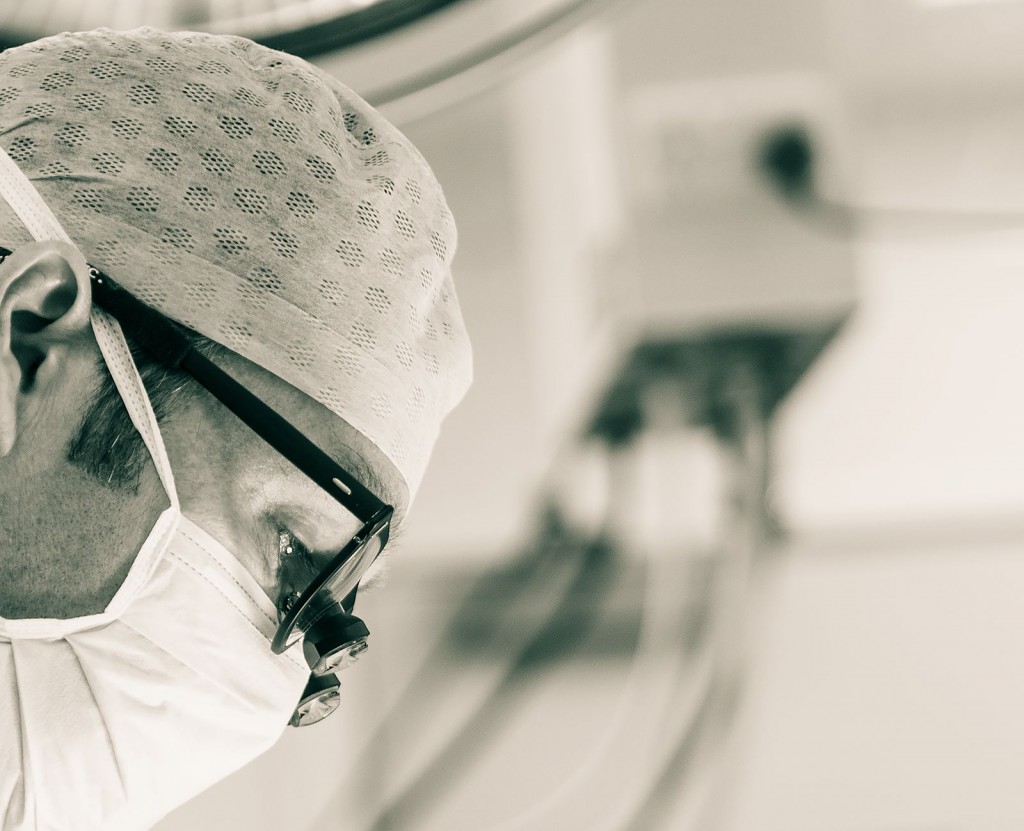The Scaphoid is a small kidney bean shaped bone in the wrist that is vulnerable to injury, especially in high-energy situations as British Superbike rider Dan Linfoot discovered after a crash during round 6 of the championship at Brands Hatch. As the photos show he was lucky that the accident wasn’t more serious.



The Scaphoid although small has a number of extremely important functions within the wrist including preventing the wrist from buckling under pressure. It is also unique in that the bone is almost entirely covered with articular cartilage, this means that it is unable to heal in the same way that most broken bones would and so must be kept absolutely still so new bone formation can occur across the fracture site. This coupled with the fact that the Scaphoid has a very poor blood supply means that it can often take 10-12 weeks of immobilisation in a plaster to heal. If the bone fails to heal (a non-union) then due to the alteration in wrist biomechanics patients will often go on to develop a well recognised pattern of arthritis in the wrist know as a SNAC wrist (Scaphoid non-union advanced collapse). This is not something that happens immediately but over a period of years following the injury. This means that if cast immobilisation has been unsuccessful then an operation to add bone graft to the fracture site and stabilise it can be done to prevent a SNAC wrist in the future.
Treatment of an acute un-displaced fracture is either in a plaster to immobilise the wrist or the Scaphoid can be fixed using a special type of orthopaedic screw (a variable pitch headless compression screw). The screw is placed under x-ray guidance in the operating theatre through a very small incision of only 1-2 mm. The implant then compresses the fracture and provides the stability that the fracture needs to heal without the need for a plaster cast. This should in turn allow a faster return to normal activities, or in Dan’s case we are hoping to get him back on his bike for round 9 at Silverstone.





